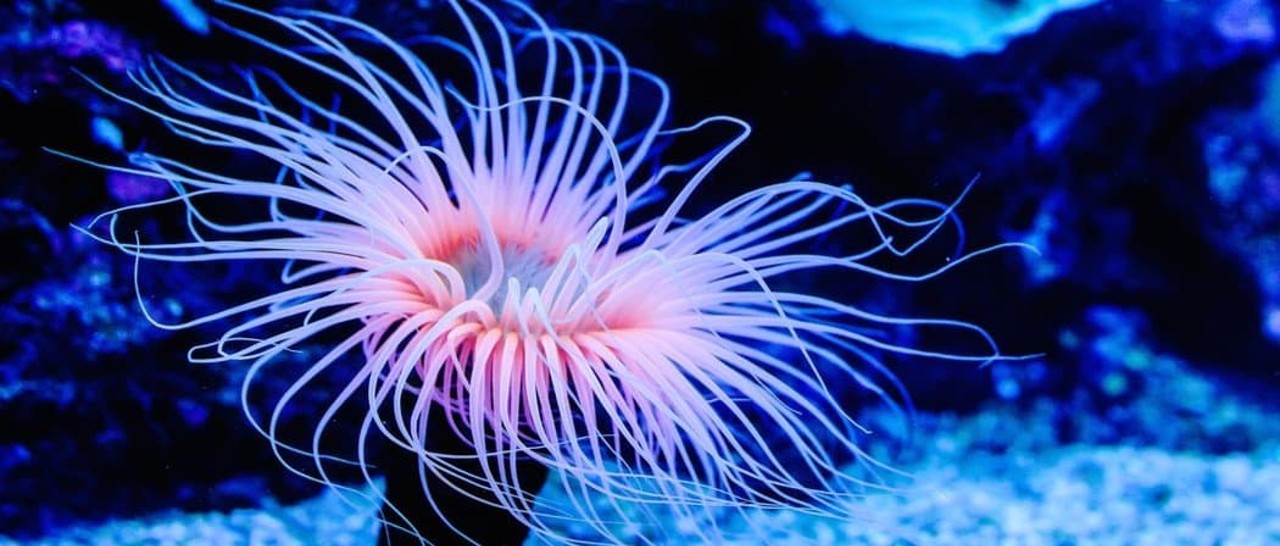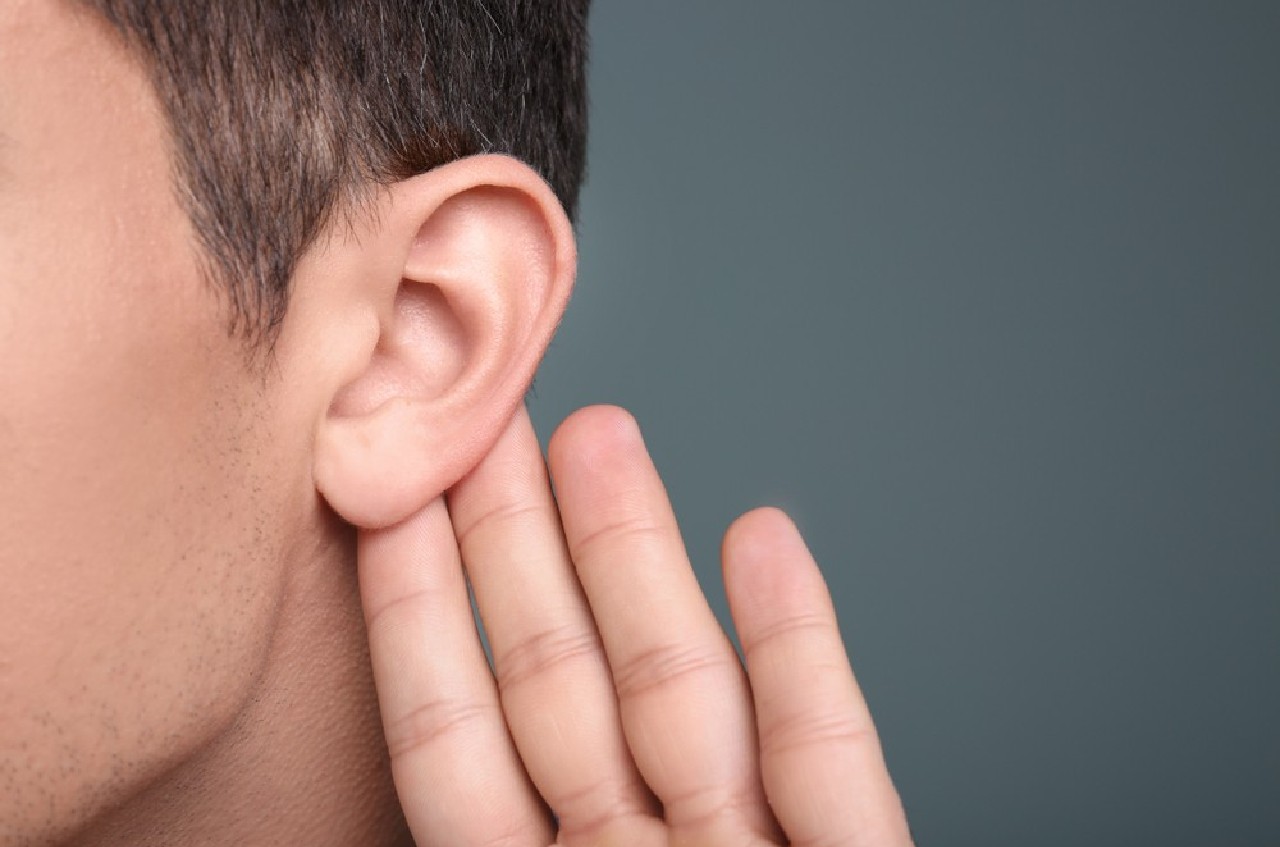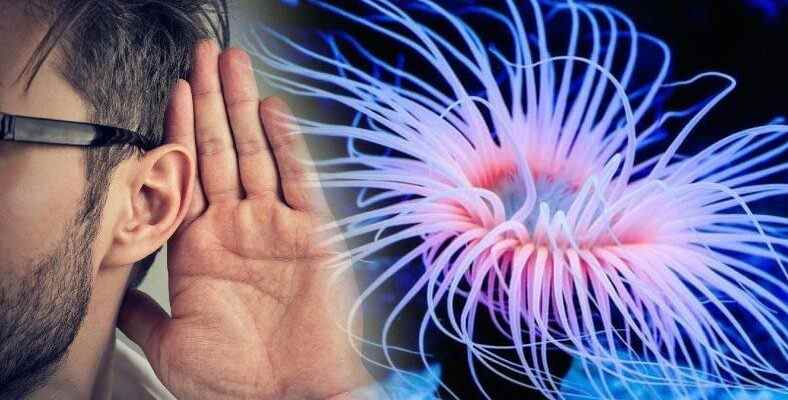An unexpected connection between humans and sea anemones has been discovered. It was understood that a gene that plays a role in the development of hearing in humans performs almost the same function in sea anemones.
A strange connection has been discovered between humans and sea anemones, also known as sea anemones. According to a new study, people with hearing development a linked gene, also in sea anemones with sensory development also linked.
According to a new study published in eLife; pou-iv This gene, called (pow-four), is also found in the tentacles of the star sea anemone, whose scientific name is Nemotostella vectensis, and is very sensitive to the animal’s sense of touch. an important role turned out to be playing. Discovery of the role of this gene in the starfish anemone is important to humans and anemones. in common ancestors It was stated that it was found in the brain and that it probably played a role in sensory development at that time as well.
Research provides insight into the evolutionary roots of our sense of hearing dating back millions of years
Sensory receptors of the auditory system of humans and other vertebrates ‘hair cells’ is called. These cells, which have finger-like bundles of organelles called stereocilia, are in charge of perceiving mechanical stimuli, vibrations we perceive as sound. However, mice without pou-iv deaf is that pou-iv is necessary for the development of hair cells in mammals. necessary shows that.
The tentacles of the starlet sea anemone are similar to those used to detect movement. mechano-sensory hair cells has. On the other hand, what was known so far about the role of the pou-iv gene in the sensory development of the anemone was quite limited; but new research has revealed what that link is.
Biologist Nagayasi Nakanashi of the University of Arkansas stated that this discovery is very exciting as it opens a new field of research on how mechanosensation (the conversion of mechanical stimuli into neural signals) develops and works in a sea anemone. “The building blocks of our hearing dating back hundreds of millions of years informs us that it has ancient evolutionary roots. “ used the phrases.

To understand the function of the pou-iv gene, the research team led by University of Arkansas biologist Ethan Ozment used the CRISPR-Cas9 gene editing tool to use the gene editing tool. disabled and observed what had changed. By injecting a cocktail of Cas9 protein into fertilized star sea anemone eggs to deactivate the pou-iv gene, the team studied overgrown, mutated anemones as well as developing embryos.
As a result of this review, the team determined that tentacle hair cells of mutant animals were compared with wild-type anemones in the control group. abnormal developed in some way and any response to touch not showing observed. In other words, this means that anemones receive mechanical stimuli via hair cells without pou-iv. they cannot perceive means.
On the other hand, knocking out pou-iv in anemones resulted in a significant reduction of a gene very similar to the gene that produces polycystin 1 found in vertebrates, which is required for sensing fluid flow in the kidneys. suppressed was also observed. Sensing fluid flow is an extremely useful ability for sea anemones, even though they don’t have kidneys.
The results show that the role of pou-iv in mechanoreceptor development is largely preserved

Considering all the data they obtained, the researchers concluded that the results of the study indicate that pou-iv is the phylum to which sea anemones belong. cnidarians and have bilateral symmetry like their ancestors humans Bilateria He concluded that it had played a role in the development of mechanosensory cells in the common ancestor between However, the researchers used the gene to study its function in even more ancient times. to earlier departure points He noted that data should be obtained from other phyla with
In this research article “Our results suggest that the role of pou-iv in mechanoreceptor development has been demonstrated in Cnidaria and Bilateria. is widely protected is showing,” researchers, who recorded “How early the role of pou-iv in mechanoreceptor differentiation in animal evolution emerges remains unresolved and requires comparative data from placozoans and sponges that are missing.” made statements.
RELATED NEWS
An Ancient Tortoise Species Was Discovered That Even The Meteor That Killed The Dinosaurs Couldn’t Kill It
Source :
https://www.sciencealert.com/a-gene-linked-to-hearing-in-humans-helps-anemones-feel-the-world-around-them
